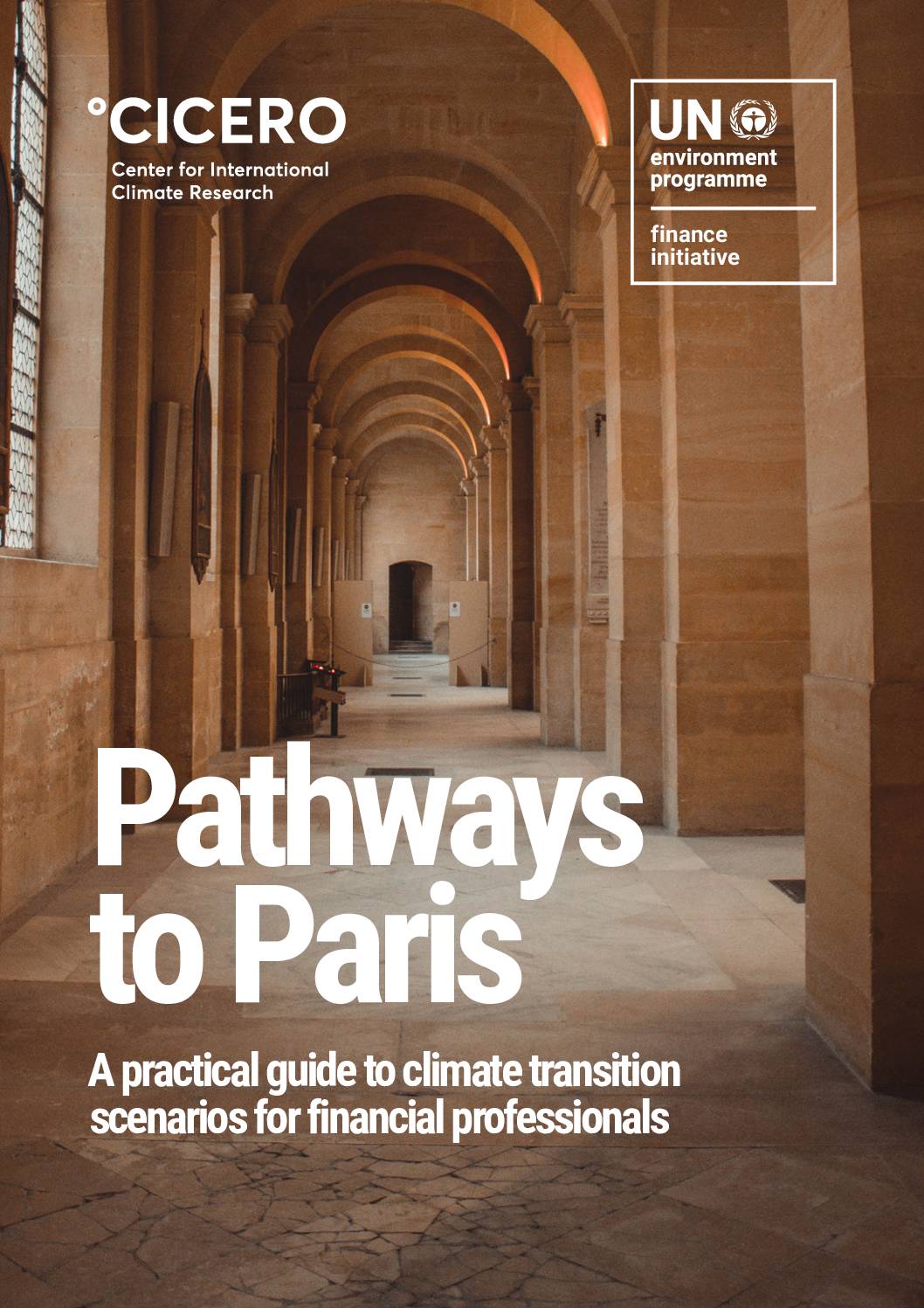Energy use in buildings is among the sector-level and portfolio-level exposure to transition risk under different climate scenarios explored by UNEP FI, Oliver Wyman, CICERO and 39 International Financial Institutions. The collaboration seeks to understand transition risk exposure, enhance climate risk toolkits, improve climate risk disclosure and provide guidance for financial risk practitioners and climate risk specialists. The role of Integrated Assessment Models (IAMs) is introduced the context of climate scenario analysis by financial institutions that utilize UNEP FI’s transition risk methodology to analyze global warming pathways based on interactions between economic activity, greenhouse gas (GHG) emissions and climate change. The conceptual foundations for Integrated Assessment Models (IAMs) from Neoclassical Growth Theory, Neoclassical General Equilibrium Theory, Large-Scale Energy System Optimization Models and Large-Scale Energy System Simulation Models are explored as the basis for detailed energy and economic system transformation pathways consistent with different levels of global warming.
Link to resource Download sourceShare this

Sectors: Buildings, Finance
Country / Region: Europe
Tags: anthropogenic climate change, assessments, climate change, climate predictions, climate risks, emissions, energy, risks, SMARTER, system optimization, United Nations Environment ProgrammeIn 5 user collections: Green Home Investment Platform – Industry Regulators , Green Home Investment Platform – National Regulators , Green Home Investment Platform – Supranational Regulators , Green Home Investment Platform – Institutional Investors , Green Home Investment Platform – Banks
Knowledge Object: Publication / Report, Web Resource
Published by: UN Environment Programme
Publishing year: 2021
Author: David Carlin,Glen Peters,Ida Sognnæs
